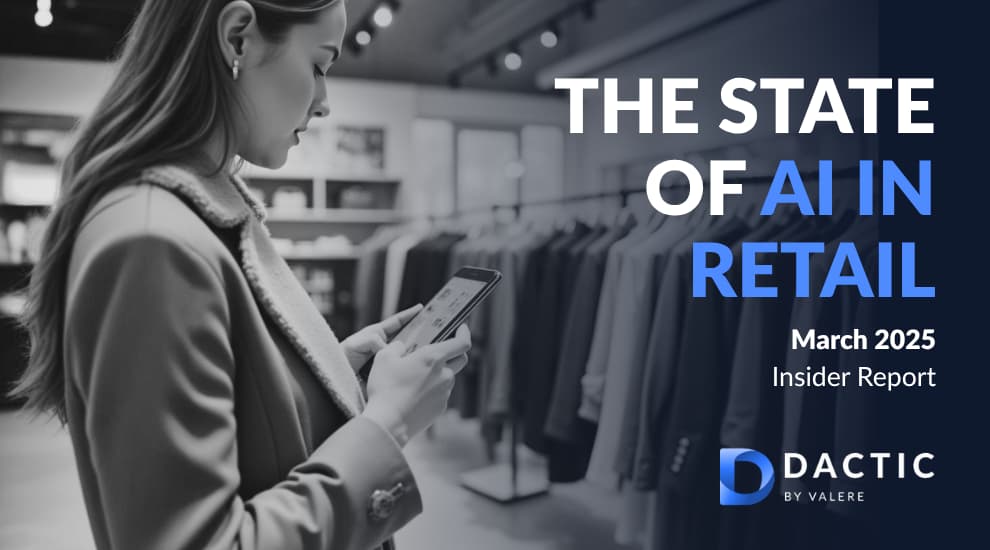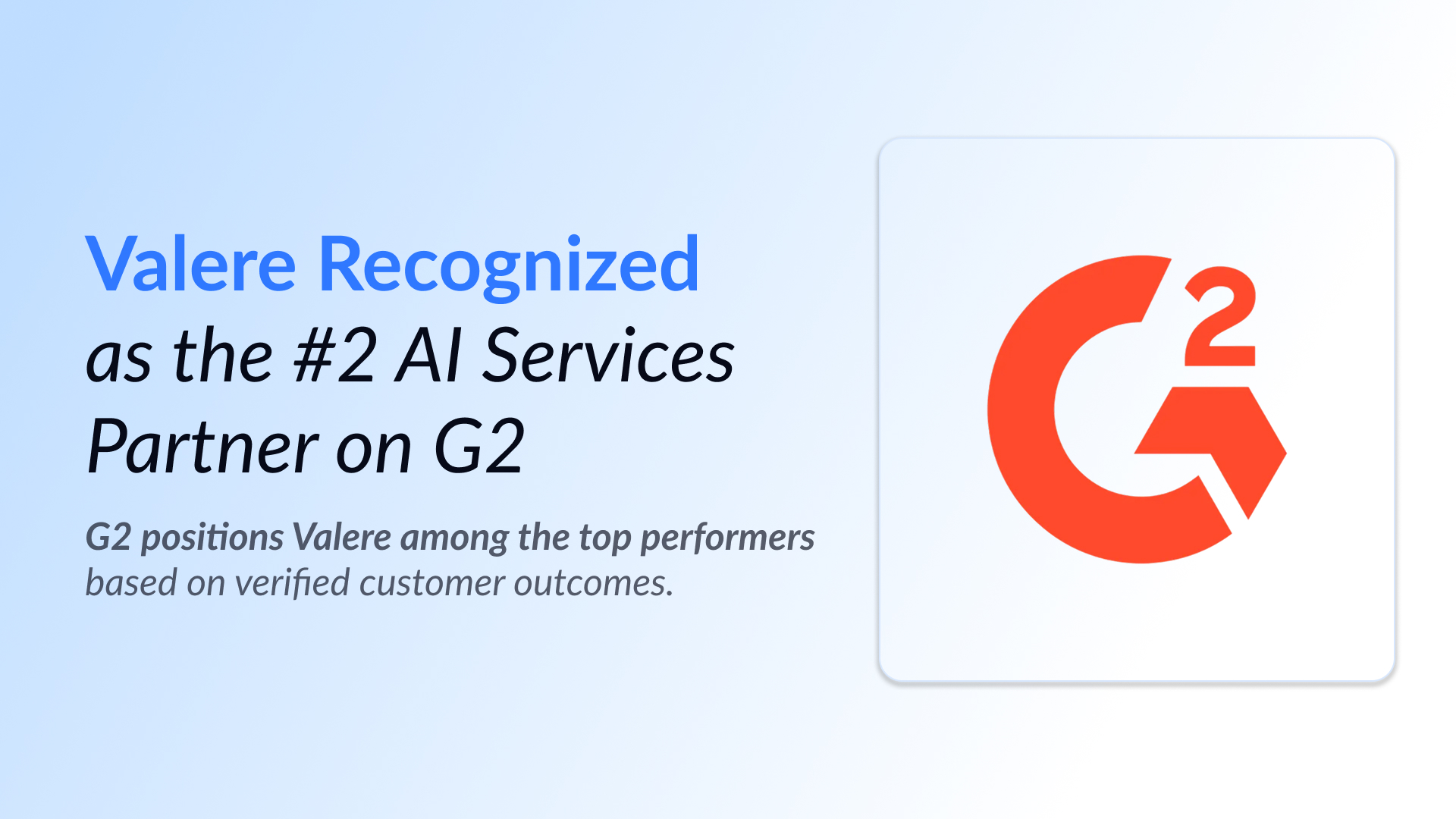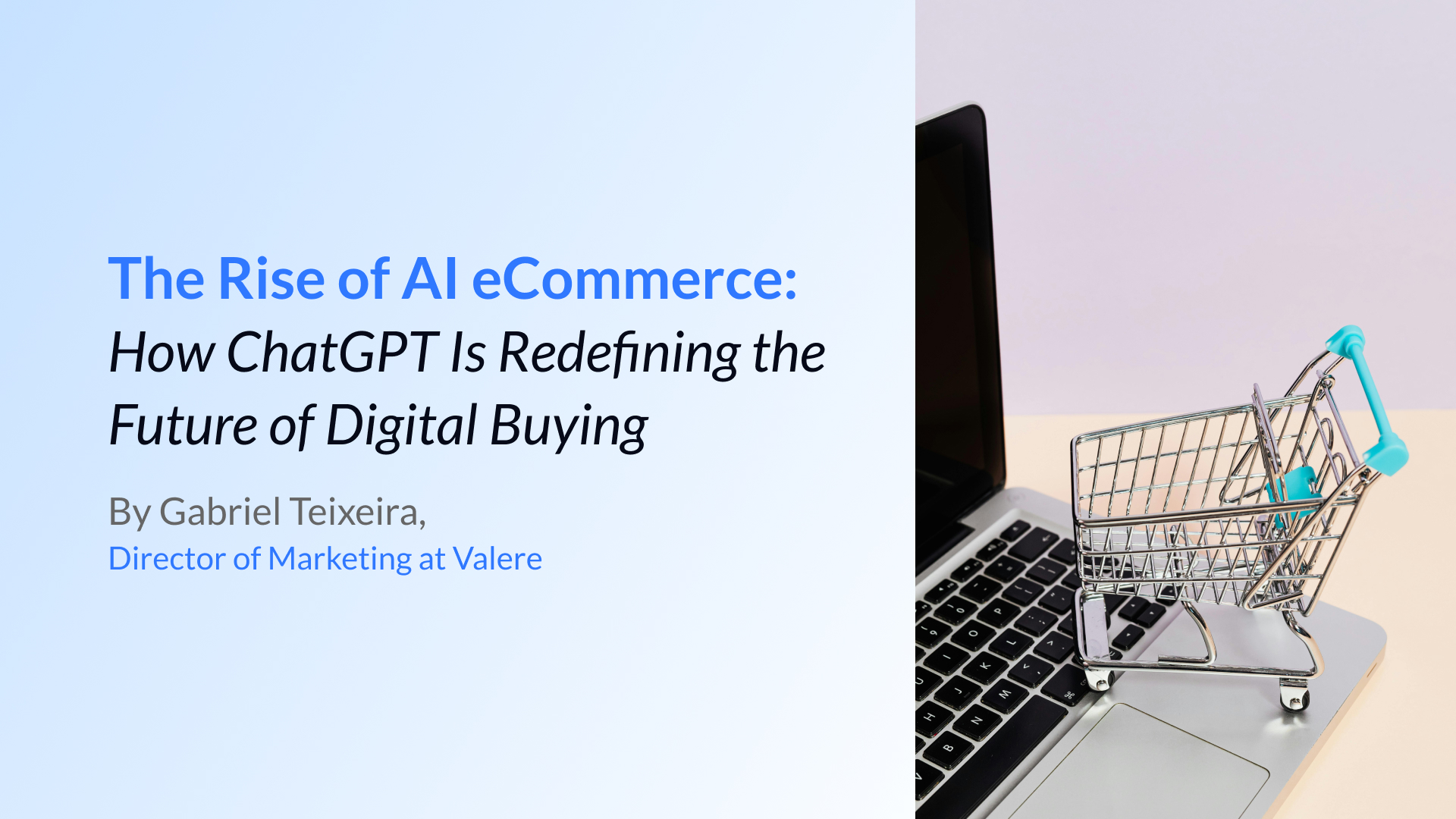AI in Retail: Reaching the Inflection Point Between Innovation and Human Touch
This special edition of our newsletter synthesizes findings from multiple comprehensive surveys and expert interviews across the retail ecosystem. Our analysis reveals a sector undergoing profound transformation as AI moves from experimental technology to essential strategic capability.Adoption Landscape: Universal Commitment with Varied Maturity
The retail sector has reached a significant milestone in AI adoption, with 100% of surveyed organizations committing funding for AI initiatives in 2025. This unanimous investment commitment spans organization types and current adoption stages, representing substantial growth in confidence compared to previous surveys.- 12.5% remain at the beginner stage, yet to adopt AI systematically
- 50% have reached strategic integration, with formalized AI strategies and roadmaps
- 37.5% demonstrate advanced, mature AI capabilities driving organization-wide transformation
AI Applications: Diverse and Function-Specific
Retailers and industry partners are implementing AI across virtually every aspect of operations, though with different emphasis depending on their specific roles in the ecosystem:Industry Partners Focus On:
- Advertising optimization through automated audience targeting and campaign development
- Specialized solutions like RAG-based agentic AI models for independent retail sectors
- Operational efficiency improvements for meetings, forecasting, and task management
- Employee enablement through store support systems and associate training
- Analytics innovation, including AI-powered audio analytics for in-store customer experience
Retailers Prioritize:
- E-commerce enhancement via search optimization and inventory allocation
- Customer engagement through online chatbots and personalized CRM campaigns
- Greater targeting and relevance in customer interactions
- ROI-driven initiatives with measurable returns on technology investments
The “Silent Co-Pilot” Philosophy
A compelling perspective emerging from our research is how retail leaders conceptualize AI’s role. Consistently described as a “silent co-pilot,” AI is valued for handling data-intensive and repetitive tasks while allowing humans to focus on strategy, creativity, and empathy. This collaborative approach enables retailers to maintain brand authenticity and customer trust while still benefiting from AI’s computational power. As one former CEO eloquently stated, “AI can’t replicate heart,” highlighting the continued importance of genuine human connections in retail experiences. This philosophy aligns perfectly with findings from both surveys that emphasize AI as an augmentation tool rather than a replacement technology. The sentiment that AI should enhance human capabilities is particularly strong in areas requiring empathy, cultural nuance, and strategic decision-making.Strategic Drivers: Beyond Efficiency
The reasoning behind AI prioritization spans three interconnected themes:Market Positioning
- Maintaining competitive advantage in rapidly evolving sectors
- Addressing identified gaps in underserved segments (e.g., independent retail grocers)
- Creating market differentiation through advanced capabilities
Operational Imperatives
- Mitigating staffing shortages through automation
- Accelerating time-to-market for new capabilities
- Transitioning from legacy systems to more adaptable platforms
- Gaining insights beyond human analytical capacity
Customer-Centric Transformation
- Enhancing personalization across touchpoints
- Improving service quality through AI-powered interactions
- Better understanding customer experience in both online and offline environments
- Delivering measurable ROI through improved customer engagement
Persistent Challenges: Common Barriers to Implementation
Despite widespread enthusiasm and investment, several significant barriers to effective AI implementation remain consistent across our research:Education and Expectation Management
Many respondents noted a substantial gap in understanding AI’s potential and limitations. Clients and teams often expect AI to be a complete solution rather than a tool requiring human input. One consultant highlighted resistance from clients who misjudge AI’s capabilities, necessitating extensive education.Talent and Expertise Shortages
Organizations struggle with:- Limited availability of AI/ML specialists
- Difficulty upskilling existing workforce
- Competition for skilled talent across industries
Data Quality and Integration Issues
Siloed data and legacy systems (e.g., AS400, Oracle) represent significant hurdles:- Fragmented data across organizational silos
- Inconsistent data governance policies
- Challenges with real-time data integration
Integration Complexity
- Connecting AI solutions with legacy systems
- Ensuring cross-functional coordination
- Maintaining performance at scale
Cultural and Ethical Concerns
There’s a growing focus on preserving authenticity and avoiding AI bias:- A CEO worried about AI missing cultural nuances in multicultural marketing
- A CIO expressed concerns about losing brand voice through over-automation
The Irreplaceable Human Element
Across all interviews and survey responses, one theme remained constant: human oversight is essential. Respondents emphasized that human judgment cannot be replaced when it comes to:- Interpreting data with cultural or emotional context
- Making strategic decisions that align with brand values
- Maintaining meaningful customer relationships
- Training and mentoring employees
High-Potential Use Cases
Several AI applications have consistently emerged as high-value priorities across our research:Customer Experience Enhancement
- Personalized recommendation engines
- AI-powered search optimization
- Intelligent chatbots and virtual assistants
- Voice and visual shopping interfaces
Operational Optimization
- Demand forecasting and inventory management
- Automated workforce scheduling
- Process automation for routine tasks
- Predictive maintenance for retail infrastructure
Supply Chain Intelligence
- Real-time inventory visibility
- Dynamic routing and logistics optimization
- Supplier risk assessment
- Automated quality control
Advanced Analytics
- Customer sentiment analysis
- Competitor pricing intelligence
- Market trend prediction
- Store performance optimization
Operational Inefficiencies Ripe for AI Intervention
Our research revealed several operational areas where AI could make an immediate impact:Manual and Repetitive Tasks
These continue to consume valuable employee time and creativity:- A VP described manually stitching data from multiple dashboards as tedious
- An e-commerce director noted time spent fixing fulfillment errors due to inconsistent store processes
Approval Bottlenecks
Lengthy approval processes delay AI initiatives:- A CIO cited multi-layered approvals slowing vendor onboarding
- A VP recounted a four-week delay for an AI pricing feature due to compliance reviews
Store-Level Challenges
For omnichannel retailers, inconsistencies in physical store operations (e.g., fulfillment, training) hinder digital integration and AI effectiveness.Emerging Spirit of Industry Collaboration
A particularly noteworthy finding is the strong appetite for knowledge sharing and collaboration, with 87.5% of respondents expressing openness to follow-up interviews. This suggests an emerging collaborative ecosystem where organizations recognize the value of shared learning. Industry partners are particularly focused on developing solutions that address retailers’ specific needs. This collaborative mindset may accelerate industry-wide adoption by sharing best practices and lessons learned, potentially helping those at earlier adoption stages avoid common pitfalls.Looking Ahead: The Future of Retail AI
Based on our comprehensive research, we anticipate several key developments in the retail AI landscape:Acceleration of Adoption
- More organizations moving from experimentation (Stages 0-2) to strategic integration (Stages 3-4)
- Increased investment in foundational data infrastructure
- Growing emphasis on AI governance frameworks
Convergence of Channels
- Seamless AI-powered experiences across physical and digital touchpoints
- Enhanced store experiences through ambient intelligence
- Digital capabilities augmenting in-store associate effectiveness
Democratization of AI Capabilities
- Simplified AI tools accessible to non-technical retail professionals
- Increased availability of industry-specific pre-trained models
- Growth of AI-as-a-Service offerings tailored to retail use cases
Ethical AI Prioritization
- Greater focus on transparency in AI decision-making
- Enhanced privacy protections for customer data
- Proactive bias mitigation in retail AI applications
Strategic Recommendations
To maximize AI’s transformative potential, retailers should consider these strategic actions:1. Invest in Unified Data Platforms
Break down silos and provide AI with comprehensive, real-time information. Without this foundation, even the most sophisticated AI solutions will underperform. A unified data platform is a foundational need to unlock AI’s full potential in retail.2. Develop Robust Education Programs
Create training initiatives about AI’s capabilities and limitations for both internal teams and clients. This knowledge-building effort is essential for aligning expectations and accelerating successful AI integration.3. Assess and Benchmark Your AI Maturity
- Evaluate your current adoption stage against industry benchmarks
- Identify gaps in capabilities, talent, and infrastructure
- Develop a realistic roadmap for strategic advancement
4. Prioritize High-Impact Initiatives
- Focus on AI applications with clear business objectives
- Balance customer-facing innovations with operational efficiencies
- Ensure initiatives align with overall business strategy
5. Maintain Human Oversight
Preserve human judgment in customer-facing functions like marketing and service to ensure cultural relevance and brand identity. AI outputs should always be reviewed through a human lens before reaching customers.6. Focus AI Implementation on Value Creation
Direct AI toward automating repetitive tasks that drain employee time and creativity, allowing human workers to engage in more strategic, creative, and relationship-building activities.7. Foster Collaborative Innovation
- Engage with industry partners developing specialized retail solutions
- Participate in retail technology communities and knowledge-sharing
- Consider co-creation approaches for custom AI applications
Conclusion: The Balanced Future of Retail
The state of AI in retail in 2025 reflects an industry at a critical inflection point; embracing AI’s transformative potential while navigating implementation complexities. With universal investment commitment, strategic prioritization, and a growing collaborative mindset, retailers and their partners are positioning themselves for a future where AI moves beyond optimization toward genuine competitive differentiation. The future of retail doesn’t belong exclusively to AI or humans, it belongs to retailers who can effectively balance both. By leveraging AI to streamline operations while preserving the personal touch that defines their brand and strengthens customer relationships, retailers can create experiences that are both efficient and authentic. As AI capabilities continue to evolve, the retailers who thrive will be those who view technology not as a replacement for human connection, but as a tool that enhances it, allowing their teams to focus on the empathy, creativity, and strategic thinking that truly differentiate their brand in the marketplace. AI is no longer an experimental technology in retail but an essential capability driving the industry’s evolution. The variation in adoption stages presents both challenge and opportunity: organizations at more advanced stages are establishing best practices and raising customer expectations, while those at earlier stages have the chance to learn from pioneers while avoiding common pitfalls. This balanced approach to AI integration will define retail’s next chapter.



